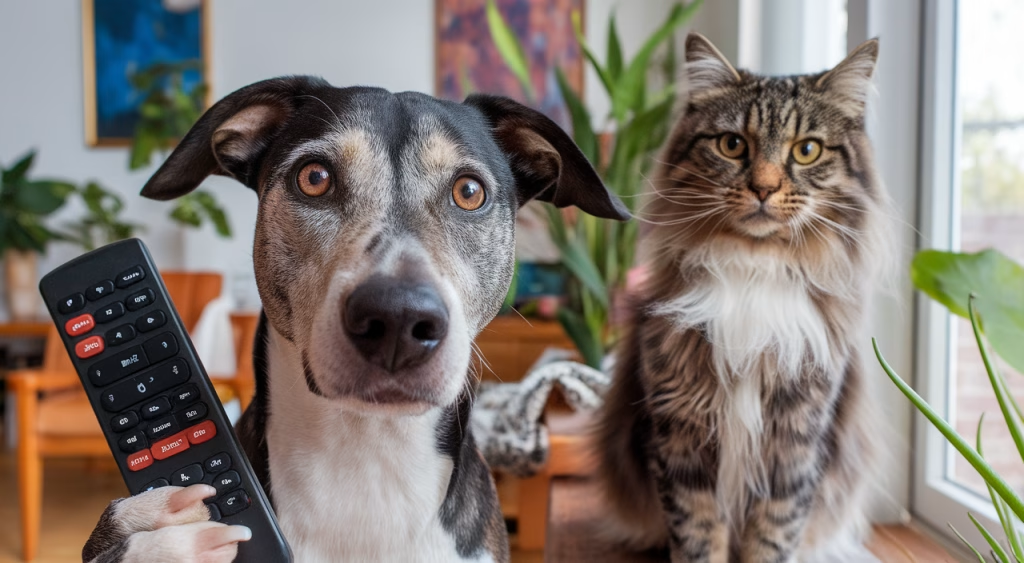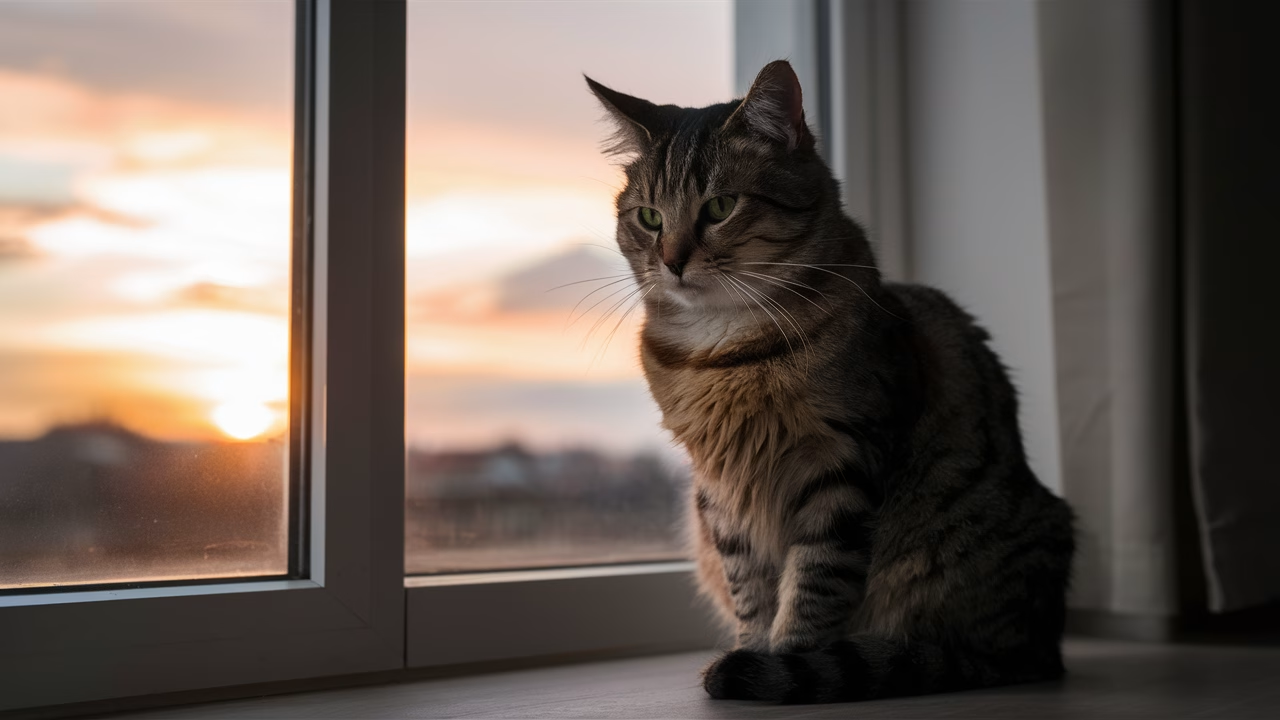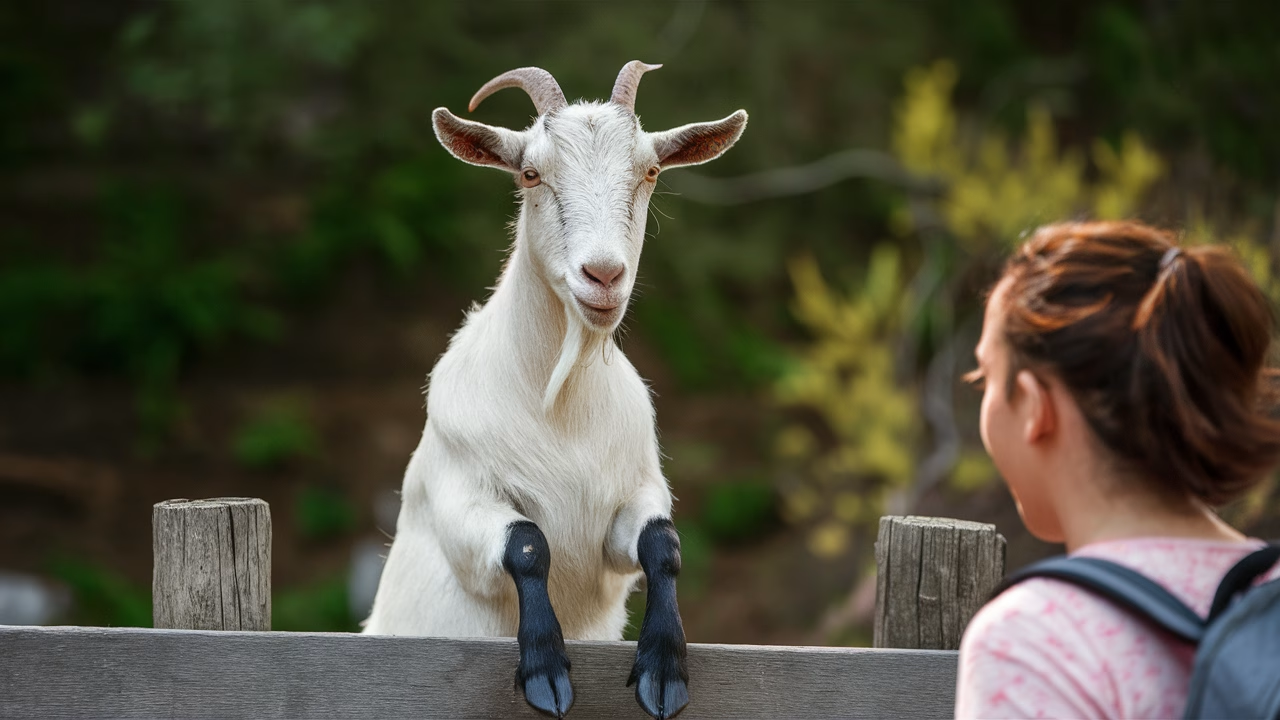Why Do Some Pets Act Like Little Humans?
Because they’re observant, social, and incredibly adaptive. Many pets that act like little humans spend hours watching and interacting with us, picking up our routines, emotional cues, and even expressions. Over time, they adopt charmingly human-like pet behaviors—like sighing dramatically when we miss snack time or rearranging furniture to their liking. It’s no coincidence: science shows this is a mix of animal cognition, social learning, and a whole lot of pet personality traits.
- Main Keyword: Pets that act like little humans
- Topic Summary: From dogs fetching remotes to pigs demanding outfits, this article explores why our pets exhibit such relatable, human-like behaviors.
- Behavior Insights: Learn about the psychology behind mimicry, expression, and ritualistic behavior in household pets.
- Engaging Examples: Real animal stories that show just how eccentric and intelligent our pets can be.
- Expert Analysis: Written from the perspective of an ethologist—someone who studies animal behavior professionally.
Watch these hilarious and relatable pets in action:
1. The Dog That Brings the Remote—Your Personalized Entertainment Buddy
It starts with a simple “fetch”—but some dogs take service to the next level. We’ve worked with golden retrievers who don’t just retrieve, they curate. One client’s dog would grab the remote, drop it in his owner’s lap, and stare intensely… waiting. Like he knew it was time for their nightly sitcom ritual. Some dogs develop preferences for certain shows, barking during commercials or pawing at the screen when other animals appear. This mimicking human actions behavior isn’t surprising: dogs are social animals who thrive on routine and bonding experiences. These funny pet antics are just bonding in a modern format.
2. The Cat With a Sleep Schedule More Precise Than Yours
Many cats get a bad reputation for being unpredictable or aloof. But not Soba. We met Soba while consulting on enriched environments for indoor cats—and this feline had things dialed in. Up at 7 a.m. sharp, he would station himself by the window like a purring pensioner awaiting the morning post. His naps were scheduled. His “zooies” (those hyper zoomies cats get) struck precisely at 8 p.m. Soba’s behavior might seem extreme, but cats are creatures of rhythm. They often align themselves to our schedules, especially if it means synchronized mealtimes and maximum cuddle opportunities. These human-like pet behaviors show remarkable adaptation.
Why Cats Love Consistency
Just like us, cats form mental maps of their environment and routines. Stability makes them feel secure. That judgmental look your cat gives you when you’re late with dinner? That’s pure human-level shade born from expectation and habit disruption—classic pet personality traits in action.
3. Rabbits With Opinions—and Attitudes to Match
Blink and you might miss their subtleties, but rabbits have a whole vocabulary of behavior. Thumping in protest. Ignoring you out of spite. Tossing their food bowl when displeased. One rabbit we observed—a diva named Mochi—once refused to eat after being served spinach instead of kale. He actually nudged his bowl to the edge of the enclosure and pushed it off, staring his owner down the entire time. These funny pet antics aren’t random: rabbits, like humans, communicate dissatisfaction actively. Their signals just happen to be in ear flicks and dramatic body throws.
4. Parrots Who Complain Like Sarcastic Roommates
Parrots don’t just mimic—they interpret. They learn tone, association, and intent. One African Grey we worked with picked up “Oh come on!” naturally whenever its owner dropped something. Over time, it seemed the parrot began using the phrase independently during any moment of mild chaos. Parrots are especially intelligent and social, meaning they don’t just copy—they participate in your life, reactively and often displaying human-like pet behaviors that amaze us.
5. Guinea Pigs With Snack Standards
Say hello to snack-based performance art. Guinea pigs have very specific routines around food. One viral story we researched featured a pig who wouldn’t start eating unless exactly three blueberries were involved—not two, not four. That kind of behavior reflects operant conditioning and high sensitivity to factors that we’d classify as ‘ritual.’ These tiny critters are charmingly obsessive, much like your coworker who refuses to use any mug that’s not “her mug.” Such pet personality traits make them endlessly entertaining.
6. The Goat That Judges Harder Than Your Aunt at Thanksgiving
Some farm goats are surprisingly expressive—for better or worse. Karen, a real goat living at a sanctuary we once studied, had a permanent frown embedded in her features. She would position herself on top of the fence to stare at people—silently, judgmentally. One tourist described it as ‘being reviewed by a snobby barista.’ Goats are naturally high in both curiosity and confidence, which makes their body language eerily, hilariously human when their expectations aren’t met. These pets that act like little humans show remarkable emotional intelligence.
Why Goats Are Surprisingly Person-Like
With expressive eyes and a brash personality, goats often appear emotionally transparent. They’re also highly social and use posture and vocalizations to navigate herd dynamics—making their ‘judgments’ understandable through a human lens. These human-like pet behaviors reveal complex social awareness.
7. Ferrets: The Interior Decorators You Didn’t Hire
Some people hoard socks. Some ferrets do too—only they hide them under couches and behind fridges. We’ve seen ferrets classified as ‘serial rearrangers’ by their owners. One even had favorite items: a toy duck, three mismatched gloves, and one specific blue sock. It’s not chaos—it’s habit. In the wild, ferrets stash food and gear up their nests for safe splendor. In your home, that turns into a miniature version of Marie Kondo with less structure and more sass. These funny pet antics showcase natural instincts adapted to domestic life.
8. Pigs—The Toddlers of the Animal Kingdom
No exaggeration: pigs can act like full-on toddlers. Patunia, one pig we met at a behavior study facility, refused to exit her pen unless properly dressed. By that, she needed her tutu. If denied, she would collapse dramatically on her side, snorting with disappointment. Like children, pigs are highly emotional and intelligent animals—responding to the textures, sensations, and rituals of routine life with an insistence we can’t ignore. They feel deeply, act theatrically, and observe quietly. These pets that act like little humans display remarkable emotional complexity.
9. The Capybara That Hosts (Unintentional) Pool Parties
Capybaras are strongly social but zen-like creatures. Yuzu, a famous one we studied, welcomed all kinds of animal visitors to chill by his pool. Ducks, dogs, even cats sat nearby while Yuzu lounged silently, sipping proverbial iced tea. When you witness a capybara in its relaxed glory, surrounded by a multi-species squad, you start wondering if you’re watching a Netflix sitcom in progress. That chill aura isn’t accidental—it’s the product of deep social bonding instincts and a body language style far less dramatic but absolutely human-like in its tranquility.
10. Dogs That Master Facial Expressions
Dogs are exceptionally skilled at reading and mirroring our emotions—especially facial cues. Behavior researchers have documented how dogs tilt their heads in response to questioning tones and scrunch their brows when you’re upset. Some dogs even mimic specific expressions after routinely seeing them—like a golden retriever widening her eyes in exact sync with her owner’s emoji-like reactions. Over time, this mirroring solidifies, often beginning as mimicry but evolving into communication. These human-like pet behaviors demonstrate the deep bond between dogs and their families.
Comparing Human-Like Behavior Traits Across Pets
| Pet | Most Human-Like Trait | Behavior Type |
|---|---|---|
| Dog | Facial expressions | Replied mimicry |
| Cat | Scheduled routines | Predictive habit |
| Parrot | Complaining sarcasm | Verbal mimicry |
| Rabbit | Silent protest | Emotional expression |
Frequently Asked Questions
Why do pets mimic human actions?
It’s a mix of social learning, repetition, and adaptability. Pets that act like little humans watch us daily and begin copying behaviors because they associate them with attention, food, or outcomes they like. This mimicking human actions behavior strengthens the bond between you and your pet.
Is it common for dogs to make facial expressions?
Yes. Dogs watch our faces to gauge emotions. They’ve evolved to read human cues, which makes their reactions look very expressive—even human-like. These human-like pet behaviors show remarkable emotional intelligence.
Do animals have personalities like people?
Absolutely. Just like us, pets have individual pet personality traits that make them introverts, extroverts, dramatic, shy, or playful. These personality traits guide how they interact with their environment and showcase why some pets that act like little humans are so relatable.
Why do some animals have strict routines?
Routines provide comfort and predictability. Pets, especially cats and guinea pigs, thrive on scheduled feeding, sleep, and play times for emotional security. These human-like pet behaviors help them feel stable in their environment.
Can parrots understand what they’re saying?
To a degree, yes. While mimicry is their primary skill, many parrots link specific phrases to emotional contexts, making their speech more than just sound repetition. This mimicking human actions behavior shows advanced cognitive abilities.
How can I better understand my pet’s behavior?
Start by observing them closely over a few days. Patterns will form—when they seek attention, how they react to stress, and what behaviors get reinforced. Pay attention to body language and vocal cues to spot funny pet antics and understand your pet’s unique personality traits.





